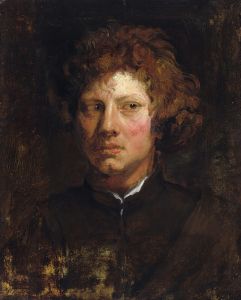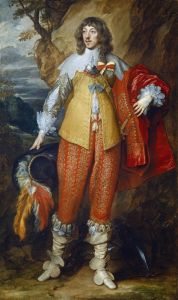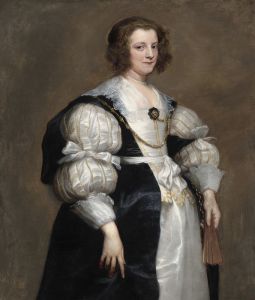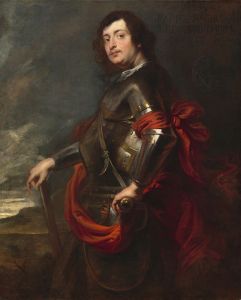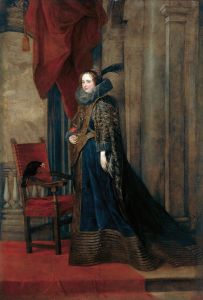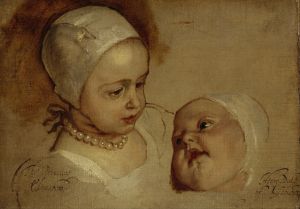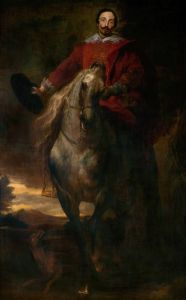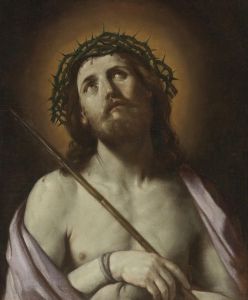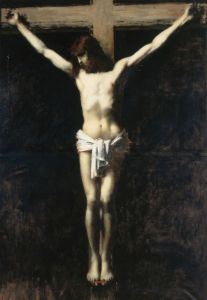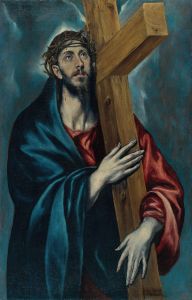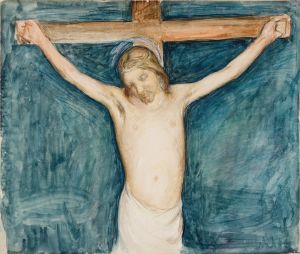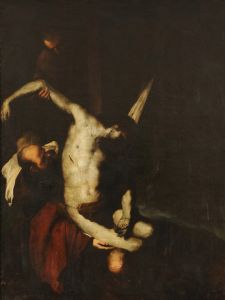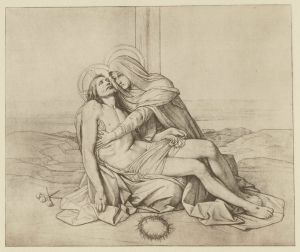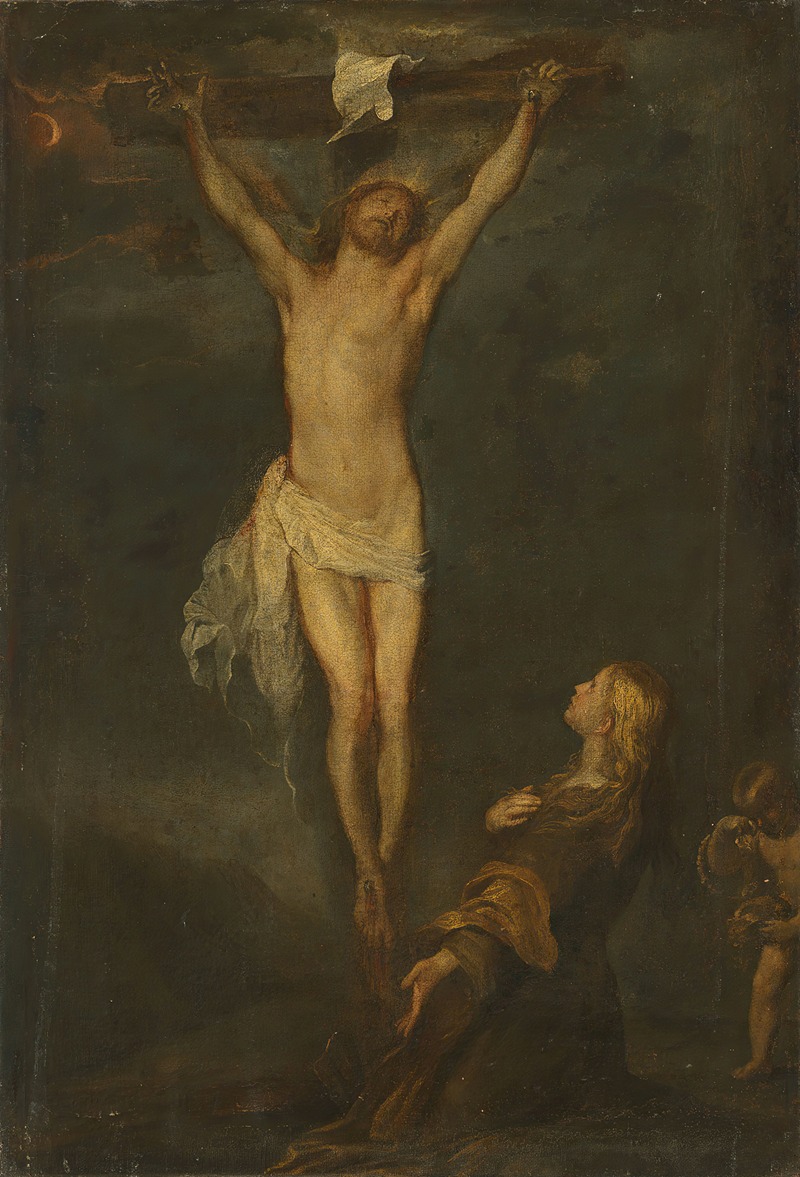
The Crucifixion with Saint Rosalia
A hand-painted replica of Anthony van Dyck’s masterpiece The Crucifixion with Saint Rosalia, meticulously crafted by professional artists to capture the true essence of the original. Each piece is created with museum-quality canvas and rare mineral pigments, carefully painted by experienced artists with delicate brushstrokes and rich, layered colors to perfectly recreate the texture of the original artwork. Unlike machine-printed reproductions, this hand-painted version brings the painting to life, infused with the artist’s emotions and skill in every stroke. Whether for personal collection or home decoration, it instantly elevates the artistic atmosphere of any space.
"The Crucifixion with Saint Rosalia" is a notable painting by the Flemish Baroque artist Anthony van Dyck. Created in 1629, this work exemplifies van Dyck's mature style, characterized by its dramatic use of color, composition, and emotional intensity. Van Dyck, a prominent figure in the Baroque movement, was known for his religious and portrait paintings, and he was a leading artist of his time, second only to his mentor, Peter Paul Rubens.
The painting depicts the Crucifixion of Jesus Christ, a central theme in Christian art, with the addition of Saint Rosalia, a revered figure in Palermo, Sicily. Saint Rosalia, also known as La Santuzza, is venerated as the patron saint of Palermo. According to legend, she was a noblewoman who lived as a hermit in a cave on Mount Pellegrino, dedicating her life to God. Her remains were discovered in the 17th century, and she was credited with miraculous interventions, particularly during the plague that struck Palermo in 1624.
In "The Crucifixion with Saint Rosalia," van Dyck combines the traditional iconography of the Crucifixion with the local devotion to Saint Rosalia, reflecting the cultural and religious context of the time. The painting is believed to have been commissioned during van Dyck's stay in Italy, where he was influenced by the works of Italian masters and the vibrant artistic environment.
The composition of the painting is dynamic and emotionally charged. Christ is depicted on the cross, his body rendered with a sense of realism and pathos. The figure of Saint Rosalia is positioned prominently, her gaze directed towards the crucified Christ, symbolizing her devotion and intercessory role. Van Dyck's use of light and shadow enhances the dramatic effect, drawing the viewer's attention to the central figures and creating a sense of depth and movement.
Van Dyck's technique in this painting demonstrates his mastery of color and form. The rich, warm tones and the fluidity of the brushwork are characteristic of his style, which was heavily influenced by the Venetian painters, particularly Titian. The emotional intensity of the scene is heightened by van Dyck's ability to convey the suffering of Christ and the piety of Saint Rosalia through their expressions and gestures.
"The Crucifixion with Saint Rosalia" is an important work that showcases van Dyck's ability to blend religious themes with local cultural elements, making it a significant piece in the context of 17th-century European art. The painting not only reflects the artist's technical skill and artistic vision but also provides insight into the religious and social dynamics of the period.
Today, Anthony van Dyck is celebrated as one of the leading figures of the Baroque era, and his works continue to be studied and admired for their contribution to the development of Western art. "The Crucifixion with Saint Rosalia" remains a testament to his artistic legacy and his ability to capture the spiritual and emotional essence of his subjects.





